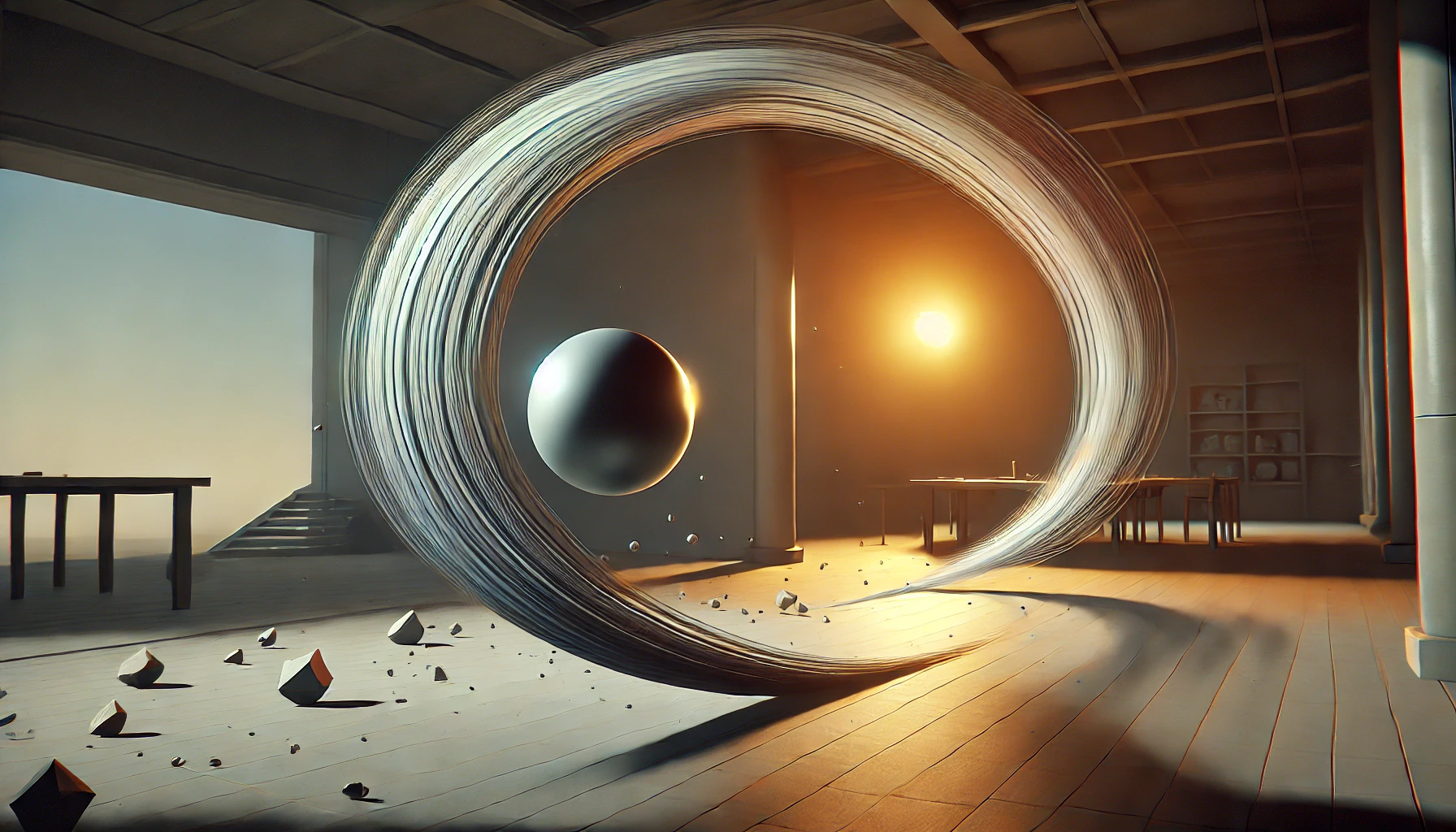
Physics – The Laws of Motion in Games
Imagine playing a game where characters jump and never land, or where objects pass through walls like ghosts. It would feel unnatural, right? That’s because we expect games to mimic the real world, where objects obey certain rules of motion and interaction. This is where the physics engine comes into play, ensuring that everything behaves in a believable and consistent way.
A physics engine is like the invisible hand that governs how objects move, collide, and interact in a game world. It’s responsible for simulating the physical laws of nature—gravity, momentum, collisions, friction—so that every action has a reaction, every object has weight, and every movement feels realistic.
Gravity: The Pull that Grounds the Game World
In the real world, gravity keeps us grounded. Without it, we’d float aimlessly through space. The same applies to video games: gravity gives weight to characters and objects, allowing them to jump, fall, and move in ways that feel natural to the player. Whether it’s a platformer where your character leaps across gaps or a driving game where vehicles stay grounded on the road, gravity ensures that everything is anchored in the game world.
For example:
- In a game like Super Mario, when Mario jumps, he reaches a peak and falls back down due to gravity.
- In racing games, gravity keeps cars grounded but allows for thrilling jumps off ramps—before they land back on the track.
Collisions: Interactions Between Objects
Physics engines also manage collisions—when two objects interact, they shouldn’t pass through each other, but instead respond realistically. Whether it’s two characters bumping into each other, a ball bouncing off a wall, or a box being pushed over the edge, the physics engine calculates how objects should react upon contact. This adds a sense of tangibility to the game world.
Imagine playing a game where your character can walk through walls—this would break immersion because it goes against our natural understanding of the physical world. A good physics engine ensures that:
- Objects bounce when hit with force.
- Characters stop when they hit a wall or another object.
- Bullets or projectiles hit their targets with realistic force.
Games like Rocket League, where cars slam into a soccer ball at high speeds, rely heavily on collision physics to create fun, fast-paced interactions.
Force and Momentum: The Weight Behind Actions
When you push an object in real life, it moves in the direction you pushed it, slowing down due to friction. In games, this same concept applies thanks to force and momentum. The physics engine calculates how fast or slow an object should move based on the force applied, and it accounts for things like weight, speed, and resistance.
For instance, in Half-Life 2, the gravity gun lets players lift and throw objects. The heavier the object, the more effort it takes to lift and the faster it falls when thrown. The physics system ensures that every object reacts to force based on its mass, making interactions feel realistic.
Ragdoll Physics: Adding Life to Characters
One of the fun aspects of physics in games is ragdoll physics, which simulate how a character’s body reacts when they lose control, like falling after a big hit. Instead of pre-programmed animations, the physics engine calculates how the character’s limbs should move based on momentum and force, creating unpredictable but often humorous outcomes.
In games like Grand Theft Auto or Fall Guys, ragdoll physics add realism by letting characters flop around when they fall or get hit. This brings a dynamic, sometimes comical, layer to gameplay that’s unique to physics-driven interactions.
Simulating Real-World Mechanics:
Some games take physics to the next level by simulating real-world mechanics, such as:
- Fluid Dynamics: How water flows or how air moves, seen in games like Sea of Thieves where waves and wind affect your ship’s movement.
- Destruction Physics: Allowing buildings or objects to break apart realistically, like in Red Faction: Guerrilla where you can destroy entire structures, and the debris reacts naturally based on physics.
These features make the game world dynamic and responsive, where every action has a reaction, just as it would in real life.
Player Experience: Immersive and Engaging
All of this combines to make the game world feel more immersive. When a character jumps, you expect them to land. When you push a box, you expect it to slide or fall over. Physics engines ensure that your expectations are met, making the game world behave in ways that feel natural and intuitive.
Without physics, game worlds would feel flat, weightless, and disconnected from reality. The actions players take wouldn’t feel satisfying because there wouldn’t be the right feedback. But with a solid physics engine, everything has weight and presence, creating a believable, engaging, and immersive experience.
In the end, the physics engine is like a set of universal rules that makes every object in the game world interact in a way that’s familiar, natural, and sometimes even surprising, adding to the fun and immersion of the game.